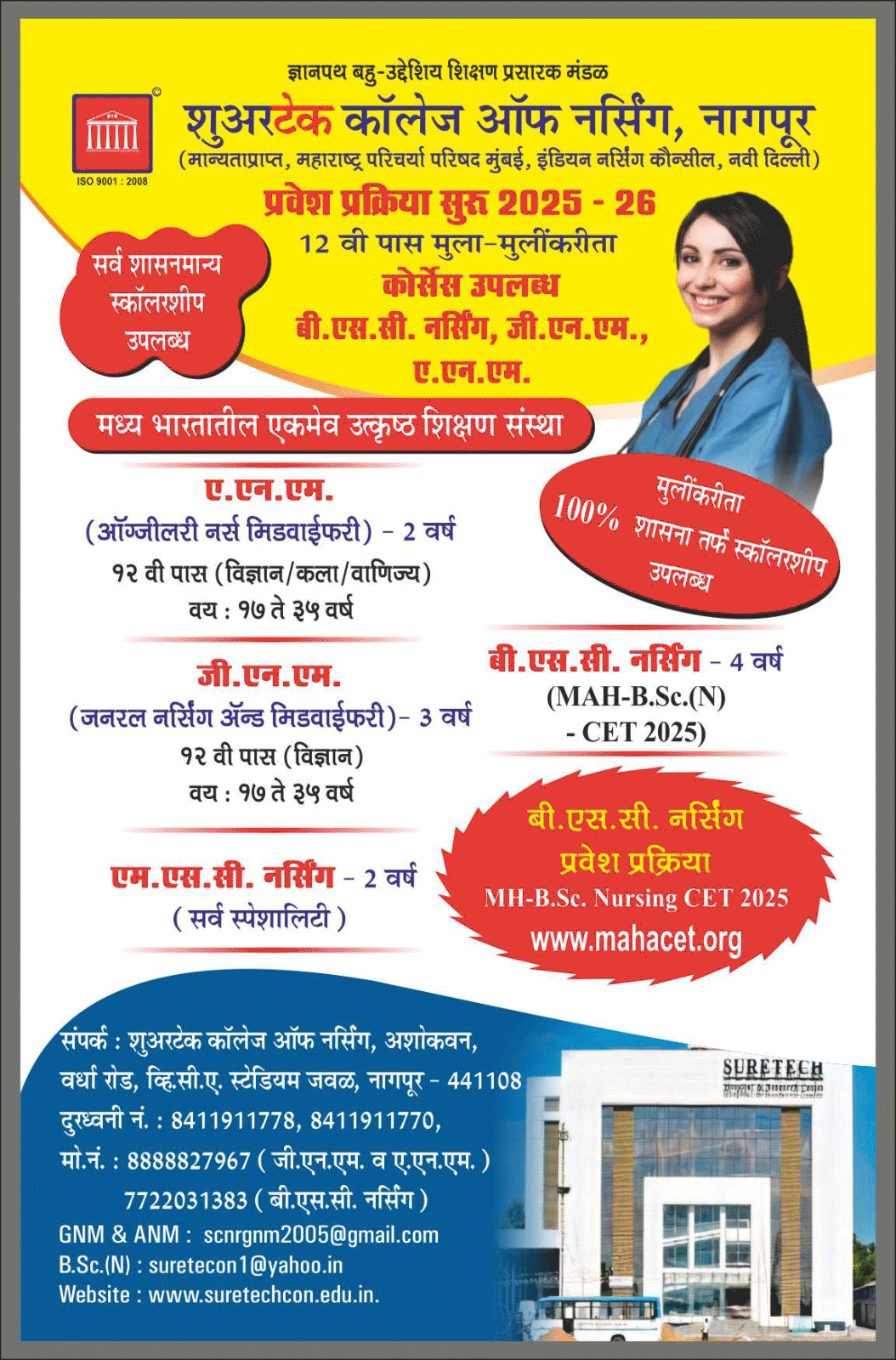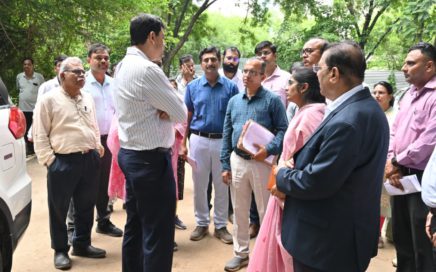Nagpur: Monsoon time in Nagpur has a new terror, not potholes, but prowling cattle. Herds of stray bovines casually wander through busy streets, bringing traffic to a screeching halt and turning city roads into accident traps. Despite repeated crackdowns, the menace refuses to go away, raising fresh questions about urban safety, hygiene, and planning.
Data from the Nagpur Municipal Corporation’s (NMC) Veterinary Department shows the scale of the challenge. Over the last two financial years, 1,074 stray cattle were caught. Between April 2023 and March 2024 alone, 542 animals were seized, with fines totalling Rs 5.81 lakh, while 296 unclaimed cattle were moved to shelters. Up to March 2025, another 532 were caught, Rs 5.51 lakh in fines collected, and 249 more sent to Gorakshan centres. Yet, stray cattle continue to hold the city to ransom.
Ghat Road, Babulwan Road, Zingabai Takli Road, and WHC Road are the worst hit. Motorists often find themselves playing a dangerous game of dodge, especially two-wheeler riders. “It’s terrifying to drive at night in the rain when a bunch of cattle suddenly appear out of nowhere,” said a commuter from WHC Road.
Officials admit punitive measures are no longer enough. “We fine owners and relocate unclaimed cattle, but the problem will persist until illegal sheds are dismantled,” said a senior veterinary officer. Over 1,043 unauthorised cattle sheds have mushroomed across Nagpur, choking drains, worsening sanitation, and feeding the stray crisis.
The urgency for a permanent fix grew after a recent fire in an illegal shed killed 14 calves, triggering outrage and prompting an NMC crackdown in areas like Dhantoli and Chandak Layout. The civic body is now banking on its ambitious Nandgram project, a Rs 104-crore, 19-hectare cattle shelter near Bhandewadi designed to rehabilitate strays and eliminate illegal sheds.
In its first phase, costing Rs 80.74 crore, Nandgram will accommodate 1,750 cattle and feature cooling fans, LED lighting, a biogas plant, wastewater treatment, and Rs 2.5 crore worth of fencing. Crucially, cattle owners have given written consent to shift their animals. “With their cooperation, we expect city roads to finally be free of the cattle menace once Nandgram is operational by March 2026,” said a senior NMC project department official.
But officials warn success will hinge on strict enforcement, public cooperation, and timely completion of the project. Until then, for Nagpur’s commuters, every ride remains a gamble, one they never signed up for.
















